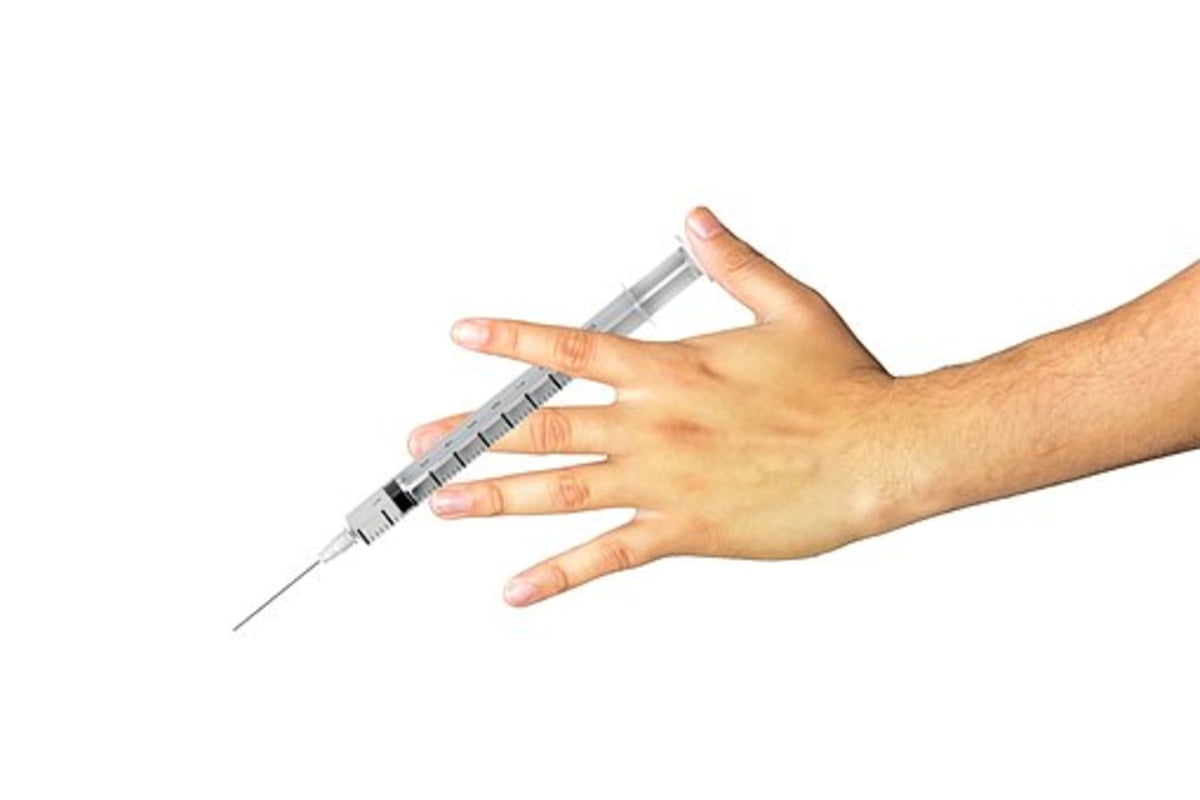Diphtheria is a potentially severe disease. Treatment includes antitoxin injections that counteract the toxin produced by the bacteria that cause the disease. The antitoxin is usually given in small doses that are gradually increased. Antibiotics are also given to help clear up the infection. Patients may be kept in a hospital to avoid spreading the infection. Antibiotics and vaccines are also used to prevent the disease.
Table of Contents
Symptoms
Diphtheria is a bacterial infection that causes heart failure and can damage the kidneys and nerves. It can also cause open sores and ulcers on the skin. The most common symptom is fever, but there are other signs of infection. Symptoms can range from mild to severe.
Diphtheria can be treated with antibiotics and an antitoxin injection. Treatment usually lasts two to three weeks. The infection will usually clear up with time, but a scar may remain. Vaccination is an essential preventive measure. People at risk for diphtheria should get vaccinated or receive antibiotics as soon as possible.
Diphtheria is a bacterial infection that affects the respiratory tract. It can cause a grey coating on the throat and tonsils, which can obstruct the airway and cause breathing difficulties. The disease can also damage other vital tissues and cause death.
Treatment
If you suspect you may have contracted diphtheria, the first step in treatment is contacting your doctor. Treatment involves a course of antibiotics. Your doctor may also recommend diphtheria vaccination in some cases. In most cases, treatment lasts between two and three weeks. Treatment is not life-threatening and will generally leave no permanent scarring.
Antibiotics are the most common type of diphtheria treatment, and they are administered via injection to kill the bacteria that cause the infection. Antitoxin is also prescribed to neutralize the toxins produced by diphtheria and prevent its recurrence. Antitoxin is available from the Centers for Disease Control and Prevention and is injected into the patient’s muscle or vein.
Prevention
Diphtheria is a condition that can cause severe illnesses and is often fatal. To prevent this infection, getting vaccinated as a child and continuing vaccination for as long as possible is essential. The vaccine against diphtheria is a combined vaccine known as DTP, which is also used to protect against tetanus and pertussis. Vaccination is also recommended for adults to reduce the risk of diphtheria.
If a person is suspected of being infected with diphtheria, doctors will recommend antibiotic treatment for 7 to 14 days. Antibiotics should be taken while the patient is hospitalized so that the infection is not spread to other people. However, antibiotics are not 100% effective and can lead to secondary infections. Therefore, follow-up cultures are necessary to ensure the condition is treated effectively.
Incubation period
The incubation period for diphtheria is usually two to five days, but it can be as long as ten days. This disease can affect almost any mucous membrane, and organisms can be found in lesions and discharged up to six weeks after the infection. Different types of diphtheria affect different areas of the body, including the respiratory, non-respiratory, and cutaneous types.
Diphtheria is spread through respiratory droplets and can be transmitted through close contact with respiratory discharges. The incubation period is usually two to five days but can be as long as ten days if the infected person is not treated with antibiotics. The disease can also be spread through unpasteurized milk and contact with animals.
Diagnosis
Diphtheria is a toxin-mediated infection caused by Corynebacterium species. It can lead to focal infections on the skin, mucous membranes, or both. The anatomic location, immune status, and production and systemic distribution of the toxin all influence the clinical manifestations of this disease. Learn about the symptoms, diagnosis, and management of diphtheria.
Diphtheria is diagnosed based on a combination of clinical and laboratory criteria. In the first stage of the disease, a swab of infected tissue from the tonsil crypts or respiratory tract is taken to culture the bacteria. This step is crucial to confirm the diagnosis of diphtheria.
The diagnosis of diphtheria depends on the patient’s clinical presentation and the clinical laboratory testing. The patient’s respiratory symptoms should be monitored to assess for respiratory distress. If the sputum shows signs of diphtheria, the patient will require antibiotic treatment. If the patient develops systemic diphtheria, the condition can progress to cardiopulmonary collapse and death. Diagnosis of diphtheria should be made quickly, and early intervention is essential to preventing the spread of infection and preserving a patient’s health.

